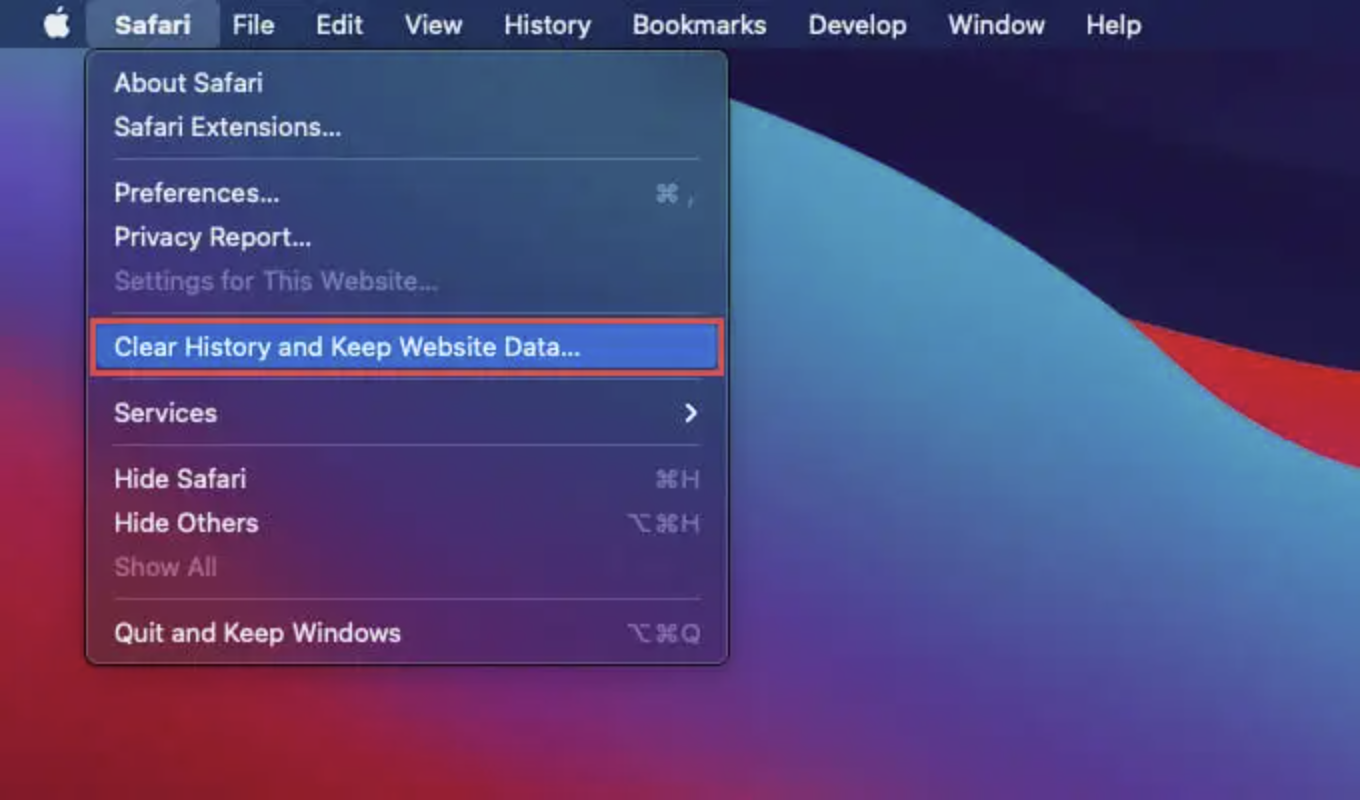
There are three main types of OLAP cubes: MOLAP, ROLAP, and HOLAP. MOLAP stands for Multi-dimensional Online Analytical Processing, ROLAP is Relational Online Analytical Processing, and HOLAP is Hybrid Online Analytical Processing.
In OLAP cubes, data is stored and analyzed using multidimensional queries. The data is organized in a way that it can be viewed and analyzed across multiple dimensions, such as time, location, and other categories. Each type of OLAP cube processes and stores data in different ways.
MOLAP, the most common type, stores data directly in a multidimensional database. It processes and stores data in the cube itself, making it ideal for fast performance and complex calculations. However, MOLAP can only handle a limited amount of data due to its structure.
ROLAP, on the other hand, stores data in a relational database, converting multidimensional data into relational data. While this allows ROLAP to handle much larger datasets compared to MOLAP, it requires more processing time and takes up more disk space. The main advantage of ROLAP is its ability to work with a larger volume of data, but the trade-off is that it can be slower due to the conversion and storage processes.
HOLAP is a combination of MOLAP and ROLAP, blending the strengths of both. With HOLAP, you can drill down from a multidimensional cube into the underlying relational data. This offers the flexibility of both fast analysis from MOLAP and the ability to handle larger datasets from ROLAP.
In addition to different types of cubes, OLAP operations include a range of actions you can perform on the multidimensional data. These operations include Roll Up, Drill Down, Slice, Dice, and Pivot.
Roll Up aggregates data by moving up a dimension’s hierarchy, often simplifying or summarizing the data.
Drill Down is the reverse of Roll Up. It breaks down the aggregated data into finer details, stepping down the dimension hierarchy.
Slice involves selecting one dimension from the data cube, reducing it to a sub-cube that focuses on a particular slice of the data.
Dice allows for a more detailed sub-cube by selecting two or more dimensions. This operation gives a more focused view by narrowing the data across multiple dimensions.
Finally, Pivot (also known as rotation) reorients the data by switching the axes, offering a different perspective or layout of the data.
These operations enable powerful analysis by allowing users to view and manipulate data in multiple ways, making OLAP a valuable tool for complex data analysis.













